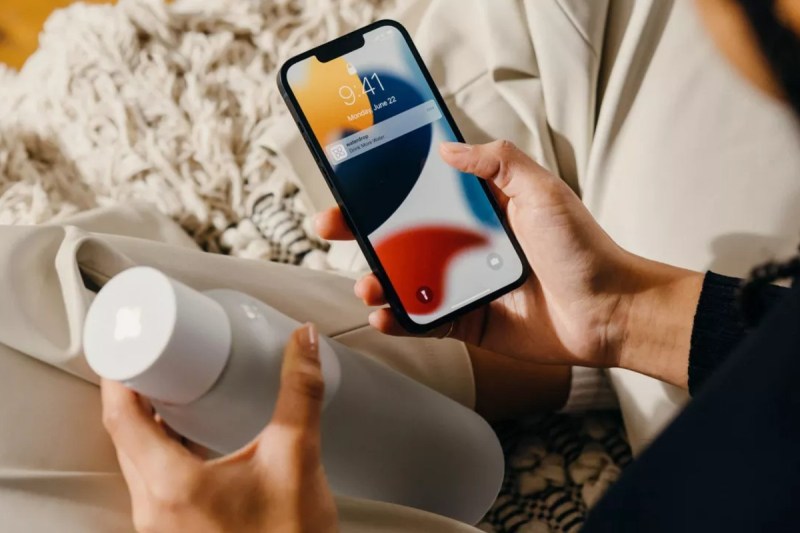CDC numbers indicate that in the United States alone, 43% of adults drink less than 4 cups of water a day. Normal intake rates vary according to size, body fat, and exercise, but people moving around should generally drink at least 48 ounces of water a day. That’s four full, 12-ounce glasses. When 36% drink only 1 to 3 cups a day and 7% drink no water at all, there’s an issue. How can people drink more water? Carry a water bottle — especially a high-tech one.
Waterdrop’s Lucy Smart Cap can make a national hydration mission simpler and more fun. Thanks to UV-C technology, it’s now possible to filter water on the go and drink clean water whenever you need. Best of all, Lucy Smart Caps fit on any and all Waterdrop water bottles.

Most water filter pitchers — hiking and home versions — work when owners fill a holding container from the faucet and wait for the water to filter through blocked carbon. While these allow people to drink safe water from the tap and outdoor sources, the Lucy Smart Cap makes it easier for users. In place of a filter, the cap cleans water via UV-C, a purification process that Waterdrop claims eliminates up to 99% of potential germs and bacteria from water. A button on top of the cap kick starts the distillation mechanism, and in less than 2 minutes, there’s clean water to drink.
The high-tech solution excels not only at sanitizing water, but it also enables a smart app to measure how much water people are consuming and when they might need a slug. The Hydration App is a simple yet clever solution that basically measures the distance from the water surface. Daily hydration goals align with your physical fitness, air temperature, and the body’s condition, even pregnancy. People needing a splash will receive a flash from the Waterdrop’s cap top.
The company even has a solution for sippers who aren’t prone to water’s taste: the Microdrink — a compressed and cubed fruit and plant extract available in several flavors and with numerous different supplements. For Waterdrop founders, this elegant answer to accessing safe, savory drinking water not only helps consumers, but also the environment, in turn.
“Our customers will enjoy the taste and functionality they desire — at the point of consumption. Our approach is to actively develop ecological solutions to promote responsible consumption of tap water: It is a safe, economical, and sustainable source of drinking water,” CEO and co-founder Martin Murray said in a press release.
After five years on the market, Waterdrop claims to have saved 31 million plastic bottles from entering the waste stream. This seems like a big number until you learn how ubiquitous the bottle is, which is available in over 3,000 retail stores with 15 physical Waterdrop retail locales.
People looking for a little friendly competition and collaboration can get involved in the Waterdrop community, a group of fitness-minded, enthusiastic water drinkers, fighting for badges and awards.
Editors' Recommendations
- 6 essential exercises that will help you get better at pull ups
- How to train for your first century bike ride (tips to help you get you through all the miles)
- These 5 dumbbell exercises will help you build monster quads
- How to lose weight: Eat these foods that help you feel fuller longer
- 1 of 2 American adults aren’t getting enough magnesium – these foods will help (avocado, tuna, and more)




